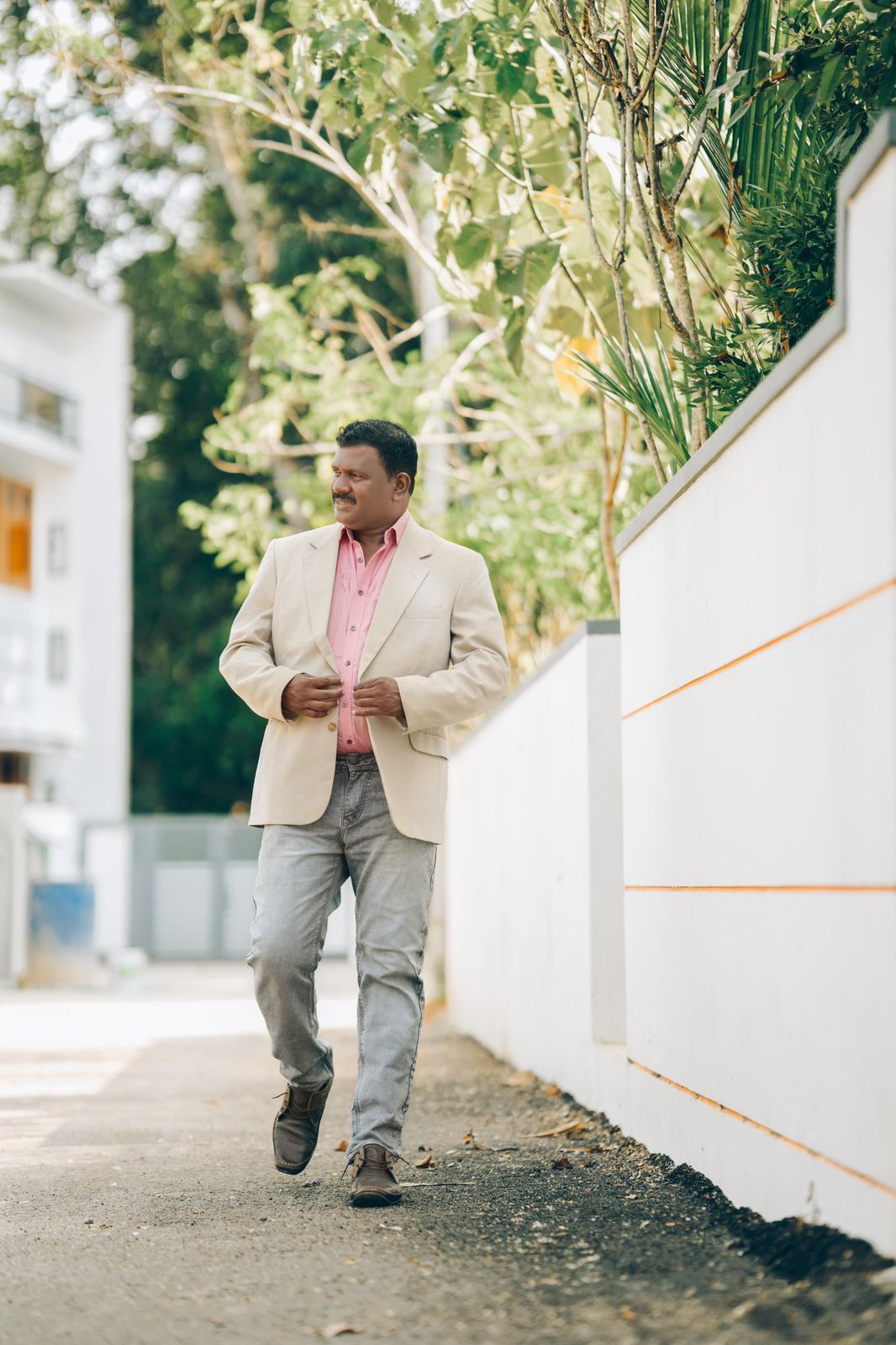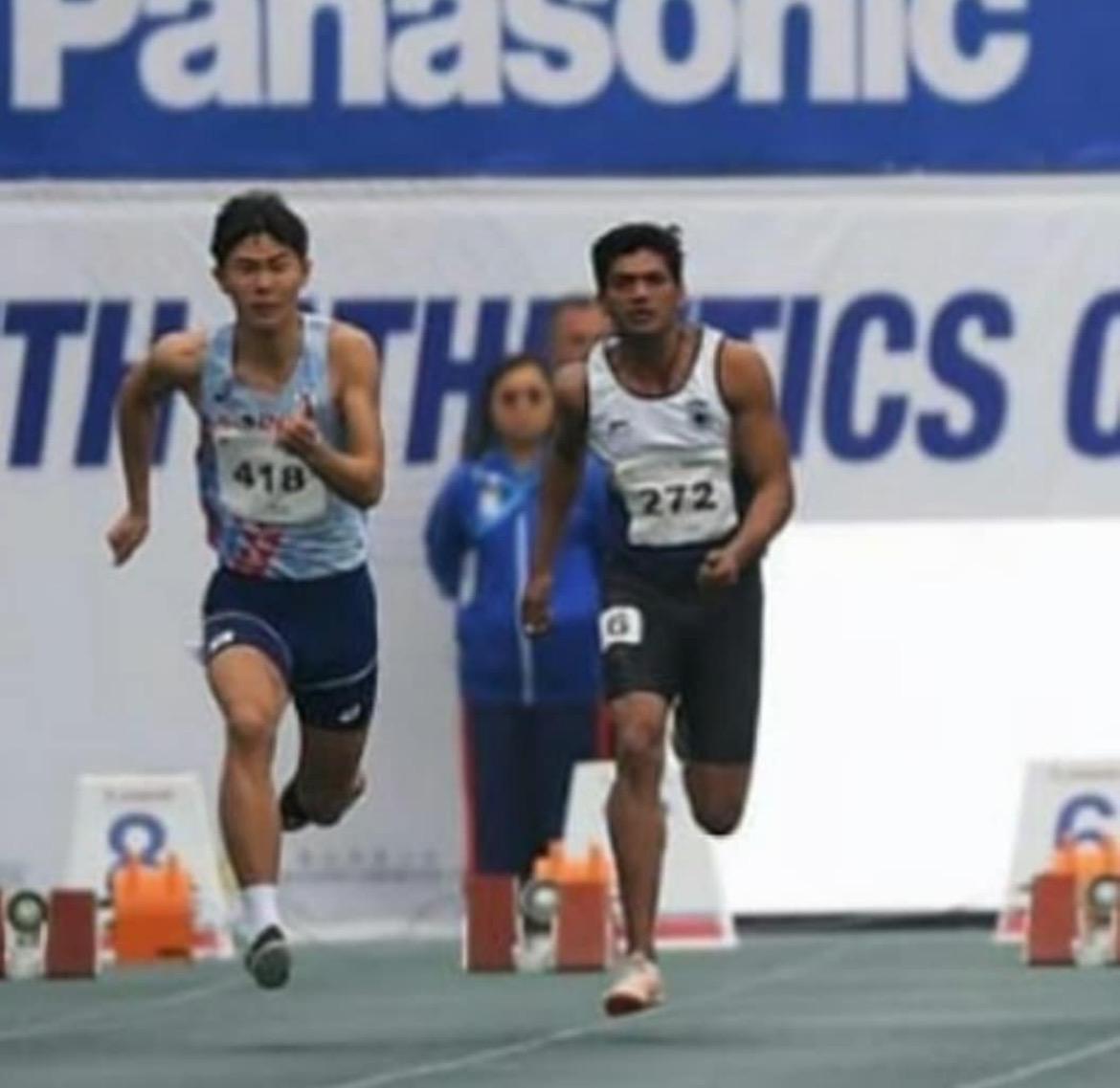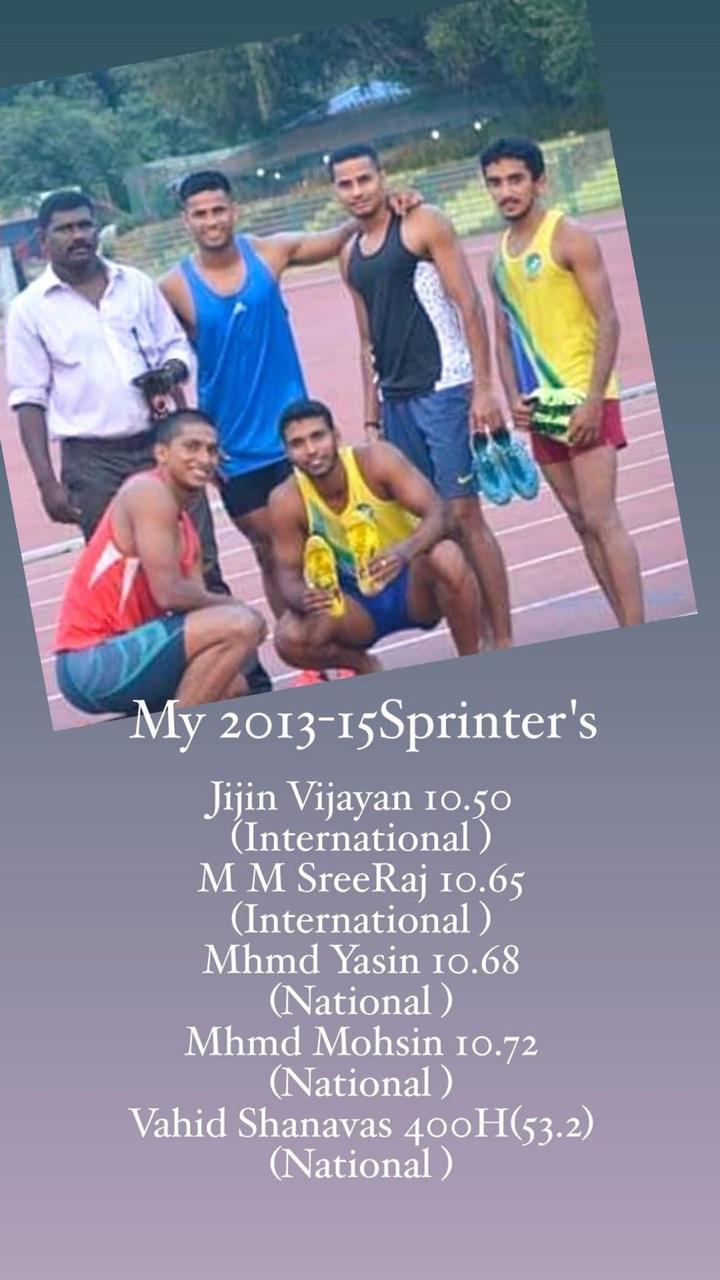Sprinting Secrets: How Your Muscles Handle 10x Your Bodyweight - Dr. C Ajithkumar Explains
From explosive block starts to lightning-fast top speed, sprinting puts massive demands on your muscles.
Under the expert eye of Dr. C Ajithkumar, discover how the soleus, hamstrings, quads, and glutes share the workload -- producing forces up to 10× your bodyweight!
See how acceleration relies on powerful calf and quad drive, while max velocity shifts to hip flexors and hamstrings for rapid leg turnover.
This is the science that powers champions.
#DrCAjithkumar #SprintScience #SpeedTraining #TrackAndField #AthletePerformance #SportsScience #Acceleration #MaxVelocity #Sprinting #StrengthAndConditioning #HamstringPower #SoleusStrength #AthleticsIndia #RunFaster #ExplosivePower
Which muscles work hardest and how much force they produce during two different sprint phases:
1. Muscle Forces During Acceleration (start phase)
When a sprinter is pushing hard out of the blocks or beginning to accelerate, the body leans forward, and the goal is to overcome inertia.
Here, the muscles must produce high horizontal force.
- Soleus (8.4-10.7× bodyweight): Located in the lower calf (under the gastrocnemius). Very active in pushing the foot down against the ground to propel forward. Highest force producer in acceleration.
- Vasti (5.3-7.8× bodyweight): Quadriceps group responsible for extending the knee. Helps push the body forward from a bent leg position.
- Hamstrings (3.0-4.2× bodyweight): Located at the back of the thigh. Helps extend the hip and prepare the leg for the next stride.
- Glute Max (2.0-3.3× bodyweight): Main hip extensor. Provides powerful drive to push the torso forward.
- Glute Med (1.6-3.1× bodyweight): Stabilizes the pelvis and controls side-to-side balance during push-off.
2. Muscle Forces During Max Velocity (top speed)
At top speed, the body is upright, stride frequency is higher, and forces are applied more vertically into the ground.
- Gastrocnemius (3× bodyweight): Upper calf muscle. Works with the soleus to push off quickly from the ground.
- Iliopsoas (9× bodyweight): Powerful hip flexor. Lifts the thigh forward rapidly during swing phase.
- Hamstrings (8.9× bodyweight): Very high forces at top speed because they:
- Extend the hip during push-off.
- Decelerate the leg before foot contact.
- Glute Max (2.2× bodyweight): Still contributes to hip extension, but less force compared to acceleration phase.
- Soleus (7.3× bodyweight): Still very active for ground contact stiffness and quick push-off.
- Rectus Femoris (2.8× bodyweight): Part of quadriceps, assists in hip flexion and knee extension during swing and stance.
Key Takeaways
- Acceleration phase: Calf muscles (soleus) and quadriceps (vasti) dominate to push the body forward from a low angle.
- Max velocity phase: Hip flexors (iliopsoas) and hamstrings dominate to rapidly cycle the legs and control high-speed forces.
- Hamstrings face very high loads at top speed -- a reason they are commonly injured in sprinting.
- The soleus works hard in both phases, showing how crucial ankle stiffness and push-off are for sprinting.




